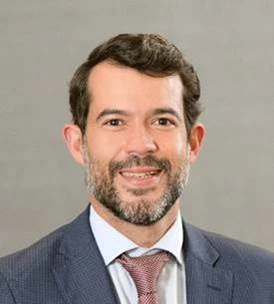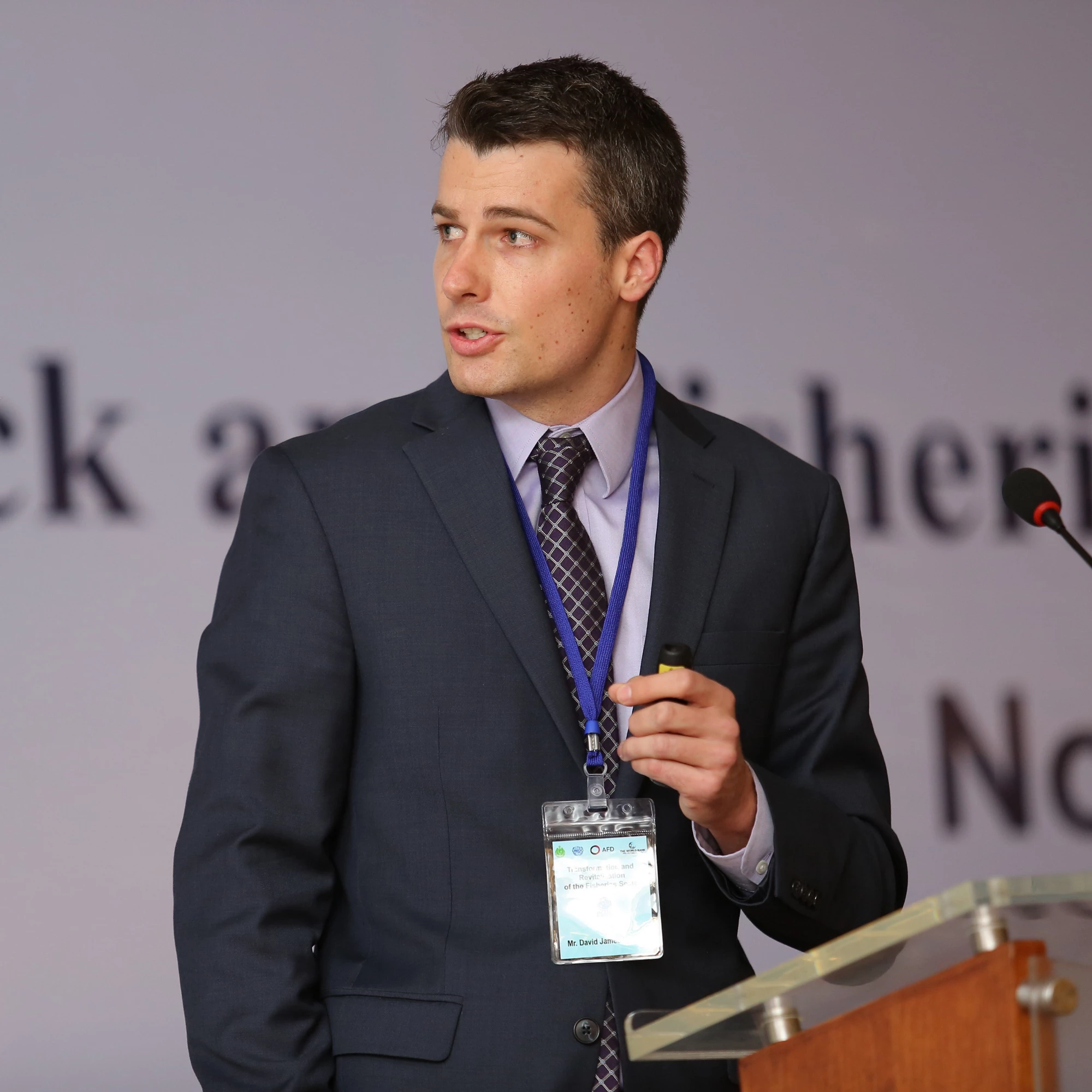 Sea cucumber. Commonly known as beche-de-mer or teripang
Sea cucumber. Commonly known as beche-de-mer or teripang
Upon joining Indonesia’s environment team last year, I looked forward to many things: seeing the country’s remarkable coral reefs, exploring public-private partnerships in one of the world’s fastest growing economies, working with our government counterparts on sustainable ocean management. But never did I expect to feel excited about meeting a cucumber.
On a recent trip to the Indonesian Institute of Sciences’ (LIPI) Bioindustry Center in Lombok, however, I saw first-hand just how much potential the humble sea cucumber holds in transforming livelihoods in rural Indonesia.
To be honest, the sea cucumbers I encountered (Holothurian scabra) were not much to look at. I may have been happy to see them, but I certainly wasn’t tempted to touch one, let alone eat it—but I’m clearly in the minority because a kilogram of these uncharismatic creatures can fetch handsome prices.
Long in demand in Asia and the Middle East, scientific studies[1] have found these slimy little (or sometimes not so little) guys to be packed full of nutrients, minerals and fatty acids—giving them extraordinarily high nutritional, therapeutic and medicinal value. As scientists have learned more about sea cucumbers—more commonly known as beche-de-mer or teripang—global demand has skyrocketed, with consumers and pharmaceutical companies from the United States to Europe to China scrambling to source these limbless, faceless creatures.
Unfortunately, this growing demand is leading to their unsustainable—and increasingly illegal—harvest. Indonesia’s sea cucumber stocks are among the most globally depleted and overexploited. A deficiency of reliable data and research, however, means that management efforts are often limited and ill-informed.[2]
The World Bank’s Integrated Sustainable Oceans Program is supporting the government of Indonesia in tackling unsustainable marine exploitation, such as that of the sea cucumber, through the Coral Reef Rehabilitation and Management Program—Coral Triangle Initiative (COREMAP–CTI). Working with government agencies, academia, communities and development partners throughout the archipelago for over two decades, COREMAP–CTI has been instrumental in supporting research and encouraging knowledge sharing. In the case of the sea cucumber, for example, COREMAP–CTI supports LIPI in researching methods to accelerate the reproduction and growth of the sea cucumber to make commercial cultivation economically feasible.

On the island of Lombok, COREMAP–CTI is helping to fund LIPI’s Bioindustry Center where scientists are looking at how local communities can breed certain varieties of sea cucumber for sale. The poverty rate in Indonesia’s coastal areas is higher than the national average and diversifying livelihoods in communities that rely primarily on fishing is critical.
Thanks to its high market value, low start-up costs and minimal technological requirements, sea cucumber mariculture could be the key to strengthening local economies, increasing rural resilience and reducing pressure on sensitive habitats. Aside from sea cucumber, the Center is also leading research into breeding and developing aquaculture techniques for several valuable marine species such as pearl oysters, abalone, lobster and seaweed.
“We have ambitious plans for the future” LIPI senior researcher Hendra Munandar explained when I met him a the new Bioindustry Center. “We are extending our research on species with commercial potential, such as more resilient and productive sea cucumber. We also plan to strengthen the connection between research and application, including sharing our technology and research with the private sector and local communities.”
Munandar gives the example of the Jakarta-based company PT Sejahtera Putera Kusuma, who are planning to produce and provide sea cucumber seeds to local communities—who could then harvest and sell them to the private sector.
“In cases such as this, we can help the company establish a nursey and support communities in creating demonstration plots to encourage other communities and partnerships” said Munandar. “Enthusiasm is growing rapidly and other companies in East Nusa Tenggara and Maluku have also expressed interest.”
LIPI’s science has been critical in the emergence of this model. LIPI develops genetic material and seeds, and provides technical assistance for the establishment of hatcheries and commercial operations. But the challenges to scaling up these initiatives are significant. Delivering knowledge to coastal communities, supporting community-based organizations, and facilitating access to start-up finance requires substantial on the ground presence by the government and NGOs.

The good news is that Indonesia already has instruments that can support local communities in exploring the commercial potential of their oceans. This includes village-owned enterprises (BUMDes) and the government’s village funds (dana desa), which can offset start-up costs for new businesses. Additionally, new opportunities for private-sector development are being explored by the government and the World Bank. The Indonesia Coastal Fisheries Initiative Challenge Fund, for example, is investigating new ways to build connections between investors, businesses, and fishing communities, with the aim of generating profitable investment opportunities in sustainable fisheries. Furthermore, the Bank and the Ministry of Marine Affairs and Fisheries are discussing financing and technical support needs for a new program focused on coastal livelihoods and sustainable fisheries.
Leaving the Bioindustry Center, I realized how much my feelings about sea cucumbers had shifted. While I am still not inclined to eat one, I’m excited about how investing in human capital and embracing science and technology offers the possibility to transform rural coastal livelihoods. If the seemingly inconspicuous sea cucumber has the potential to make this much impact, think what else is out there beneath the waves.
This blog is the second in a series celebrating the 21st anniversary of Indonesia’s Coral Reef Rehabilitation and Management Program (COREMAP–CTI), a long-term effort by the government of Indonesia to protect the country's coral ecosystems and support the communities that live alongside them. See our previous blog on Marine science for healthy reefs and resilient communities and stay tuned for the third blog in the series.
[1] Bordbar S, Anwar F, Saari N. 2011. High-value components and bioactives from sea cucumbers for functional foods--a review. Mar Drugs. 9(10):1761–1805. doi:10.3390/md9101761
[2] LANE, D. and LIMBONG, D. 2015. Catastrophic depletion of reef-associated sea cucumbers: resource management/reef resilience issues for an Indonesian marine park and the wider Indo-Pacific. Aquatic Conserv: Mar. Freshw. Ecosyst. 25: 505–517



Join the Conversation